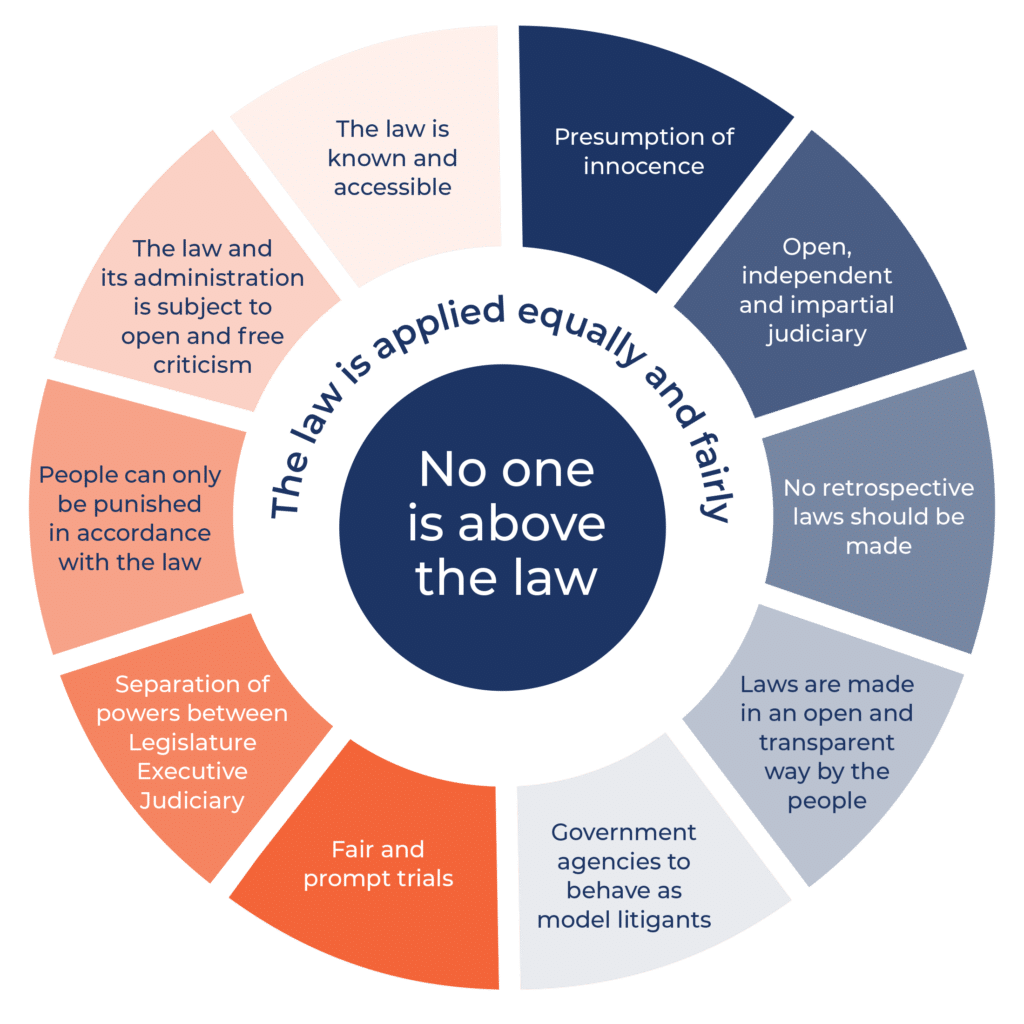Complex Sentencing – Manslaughter
A recent decision of Justice Button in the Supreme Court of New South Wales, demonstrates the complex issues that the court has to consider when sentencing an offender. Judicial discretion in sentencing is fundamental to the operation of the rule of law in NSW.
The case involves sentencing for manslaughter, which carries a maximum penalty of imprisonment for 25 years. His Honour noted in his judgment, that this offence can be committed in many ways, both legally and factually and in many circumstances. It therefore requires consideration of different levels of punishment.
R v Johnson (No 5) [2017] NSWSC 1169
Facts of the Case
On 15 May 2015 the offender, his sister and two male friends were at the sister’s flat in Tamworth. All were apparently affected by alcohol. A dispute took place at the flat between the deceased and another male person about the possession of a rugby league jersey. The parties moved outside of the flat and the three males had a brief physical altercation. The offender then went back into the flat and obtained his backpack, before leaving. By this stage, the other parties from the flat were standing on the median strip of the road out the front of the flat.
One of the men on the median strip verbally insulted the offender as he walked away from the flat. The offender then turned around, put his backpack down and walked towards the deceased. He then punched the deceased in the head and the deceased fell to the ground. The offender then stomped on the head and torso of the deceased with his feet.
The deceased suffered a gash to the head. An ambulance was called, but he declined to go to hospital. After the incident, the deceased travelled to another block of flats where he consumed more alcohol and drugs. The court accepted that he was not involved in any further violent altercations that night.
The next morning the deceased experienced significant pain and was taken to hospital. His spleen had split open and he had suffered extensive internal bleeding. He was unable to be saved and passed away on the evening of 16 May 2015.
The following day the offender was arrested and charged with murder. The charges of manslaughter, assault causing death and aggravated assault causing death were later added in the alternative. The jury found the offender guilty of manslaughter.
Offender’s Background
The offender was aged 37 at the time of the offence. He is an aboriginal man, who was disadvantaged by disruptive schooling. His father suffered from mental illness and took his own life when the offender was in his late teens. The offender suffered from racial and sexual abuse as a child and developed depression. He abused alcohol over many years and later drugs, including more recently ice. He became a chronically violent adult.
Objective Factors taken into Account in the Sentencing
After his death it was determined that the deceased had a very limited life expectancy of only months, at the time of the assault, due to his chronic use of alcohol. This had caused his spleen to become very enlarged and more vulnerable to the assault. The court considered that the violence inflicted by the offender upon the deceased was a substantial contributor to his death. His fragile health also contributed to his death, as did the deceased’s failure to seek medical assistance following the assault. The court did note, however, that it could not be said with any certainty, whether seeking such medical assistance might have saved his life, as the damage could have been irreparable by then.
Subjective Factors taken into Account in the Sentencing
The court considered the following subjective matters for the offender, when deciding on the appropriate sentence and what, if any discount should apply to that sentence:
Earlier Plea of Guilty
The offender offered to plead guilty to manslaughter two weeks before the trial. That offer was not accepted by the prosecution. The court determined that the offender should receive a discount of 10% for his earlier guilty plea.
Sexual Assault Case
The offender’s counsel submitted that the offender should receive a discount for the fact that he would soon give evidence in the trial of the man who had allegedly sexually assaulted him as a child. The court noted that giving such evidence would be very difficult for the offender, that he would receive no benefit from giving such evidence and that, in fact, his time in gaol might be more difficult if he was giving evidence in a case for the Crown. The court considered that the case in which the offender would give evidence was bound up in the background of this case, due to the psychological damage caused to him by the sexual assault, which led him to become a violent person. The court therefore granted a further discount of 10% for the assistance that the offender would provide to the criminal justice system.
The Offender’s Criminal Record
The offender had previously committed violent offences in three states which were, in the words of the judge, the result of ‘drunkenness and stupidity’ [41]. His Honour also noted that “the offender has shown himself over many years to be a person who deals with others by inflicting force and pain upon them when it suits him” [42].
Due to the offender’s background of offending, the court queried whether the offender, when released from gaol, could stop himself from endangering members of the community in the future.
Remorse
The court considered that the offender was remorseful and that his time in remand in a maximum security gaol would have made him reflect on what he had done. The court also noted that the offender had assisted gaol authorities with young indigenous offenders and that he needed help to reduce his long-standing anger and violence.
Unfavourably, it was also noted, however, that the offender at trial had said he was protecting his sister when he assaulted the victim. The jury had not accepted that evidence.
Sentence
In the circumstances of the case, the court found that the appropriate sentence was a head sentence of six years, being a non-parole period of four years with a parole period of two years.
In his giving his reasons, His Honour reflected on the particular facts of this case and the victim impact statements. He noted that the victim was also indigenous, had a difficult childhood and a problem with alcohol. Whilst the offender did not know of the deceased’s fragile health, his actions were still violent, spontaneous and not out of character. His actions of repeatedly kicking the deceased, whilst he was defenceless on the ground contributed to his death. He did not, however, mean to kill the deceased and the offending was contributed to by the offender’s drug and alcohol problems and his psychological issues, due to his childhood and the repeated sexual assaults to which he was subjected.
The case is a demonstration of the objective and subjective factors that the court will take into account when determining a sentence and whether those factors should influence the court’s decision on the length of sentence.



